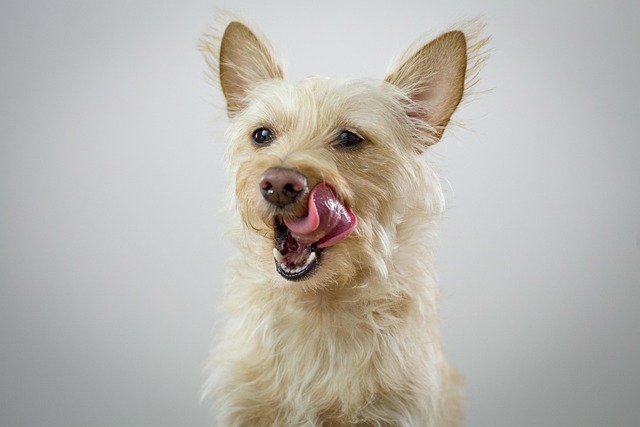
How Can You Tell If Your Dog Is Truly Full
Watching your dog lick their bowl spotless often feels reassuring – surely they’re satisfied? But that clean dish doesn’t always mean a full belly, and constant begging can leave you second-guessing.
Ever leaned in for a kiss from your furry friend, only to recoil at that less-than-pleasant whiff? Doggy breath isn't just an olfactory nuisance—it can be a red flag waving you towards potential health issues. Let’s dig into what’s really behind that stinky situation and why it matters more than you might think.
The most common culprit behind your dog’s bad breath is dental problems. Picture this: Your dog’s chewing on that rawhide bone, gobbling kibble, and maybe sneaking some table scraps. All that action leaves behind food particles that cling to teeth like stubborn party guests. Those leftovers ferment, creating bacteria colonies that feast on sugar, producing sulfur compounds—the stinky culprits behind bad breath. Over time, plaque hardens into tartar, leading to gum inflammation (gingivitis) and, if untreated, full-blown periodontal disease. In fact, according to the American Veterinary Dental Society, 80% of dogs over three have some form of dental disease. Regular brushing with vet-approved toothpaste (never human toothpaste, as the fluoride can be toxic!) and chew toys designed to scrape teeth are your frontline defenses. But remember, many US states and European countries require annual veterinary check-ups for pet health documentation—dental exams included. Skipping them isn't just risky for your dog's breath; it could violate local pet care regulations.
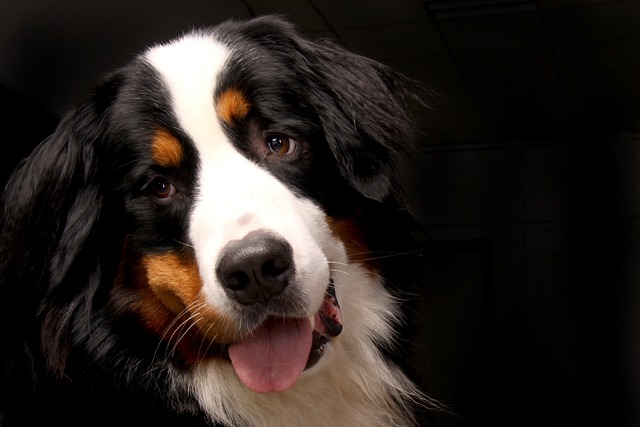
However, sometimes the issue runs deeper than just dirty teeth. Bad breath can also signal hidden health problems. If your dog’s breath smells like rotten fish, it might hint at kidney disease. A sweet, fruity odor could indicate diabetes. Digestive issues, like upset stomachs from eating something they shouldn’t (we all know that curious Labrador who thinks trash cans are treasure chests), can cause gas to rise up the esophagus, adding to the stink. If the bad breath persists despite good dental hygiene, it’s time for a vet visit—especially since EU pet passports and US state health certificates often require documentation of major health concerns.
Your dog’s diet and lifestyle also play a big role. Grain-heavy diets can contribute to plaque buildup as carbs break down into sugars. Switching to grain-free or high-protein formulas might help, but always consult your vet first, especially in countries like the UK, where strict regulations govern pet food labeling and ingredient transparency. Dehydration is another sneaky cause. Dogs need plenty of fresh water to keep their mouths moist and wash away bacteria. And let’s not forget about those less-than-ideal habits—eating poop (yes, some dogs do that), rolling in decaying animals, or chewing on dirty objects. In areas with wildlife regulations, like national parks in the US or nature reserves in Germany, this behavior could expose your dog to parasites or toxins, and even get you cited for improper pet management.
In short, your dog’s breath is more than a gross inconvenience—it’s a window into their health. While occasional smelly moments might just be a result of that last treat, persistent odor demands attention. By staying on top of dental care, monitoring diet, and seeking veterinary advice when needed, you’re not only ensuring a fresher-smelling snuggle but also keeping your pet healthy and compliant with local pet care laws across Europe and North America. Because let’s face it: A happy, healthy dog with kissable breath is the best kind of dog.

Watching your dog lick their bowl spotless often feels reassuring – surely they’re satisfied? But that clean dish doesn’t always mean a full belly, and constant begging can leave you second-guessing.
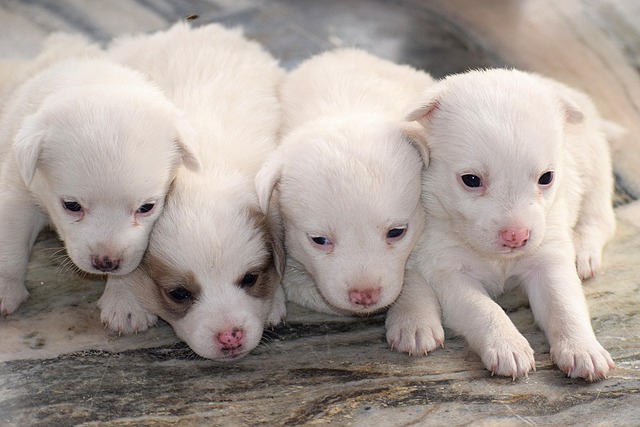
We’ve all seen it – your dog attacks their meal like it’s their last, inhaling kibble in seconds without a single chew. While it might seem comical or just enthusiastic,
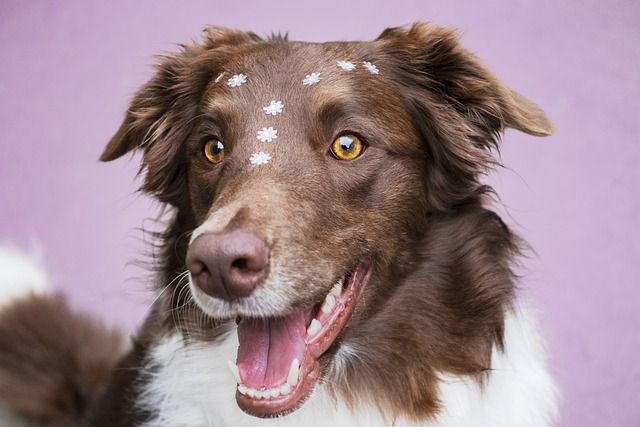
Spotting your dog seeming a bit "off" – maybe slower to get up, less playful, or even trembling – can instantly make any pet parent worry. Could it be a lack of calcium?
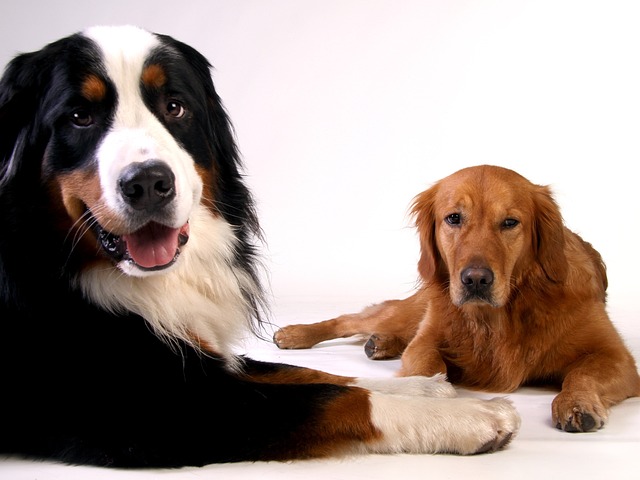
As a Chow Chow owner, those iconic triangular ears—when upright—frame their lion-like mane beautifully. But if your pup’s ears stay floppy or only partially rise, it’s natural to feel concerned.
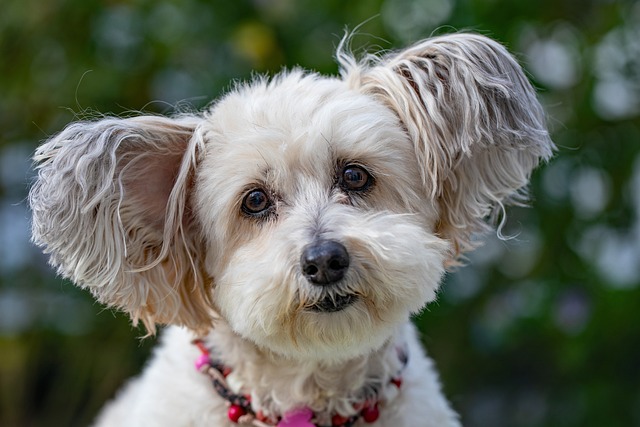
As a dog parent, it’s natural to look for simple, household solutions when your furry friend is dealing with common issues like mild odor, damp fur, or occasional skin discomfort.

Bringing a Corgi into your life means welcoming a bundle of joy—those tiny legs, fluffy backside, and a personality that’s equal parts feisty and affectionate.